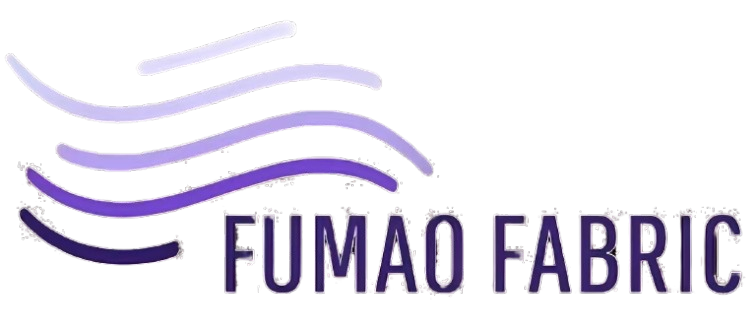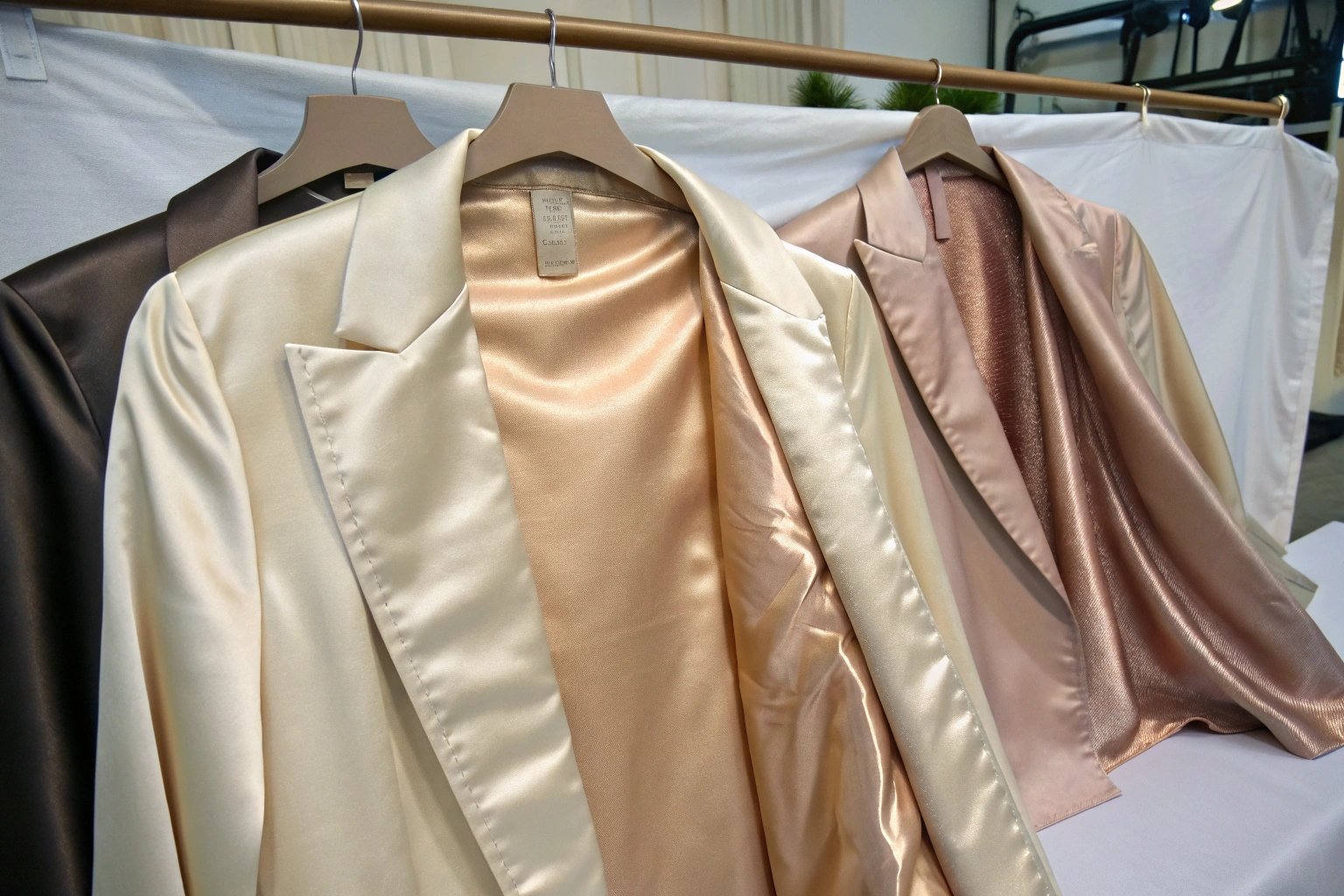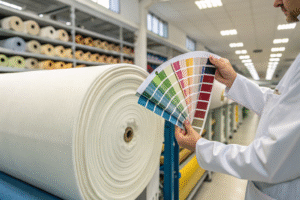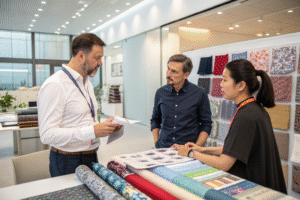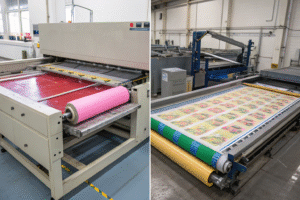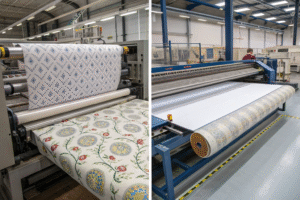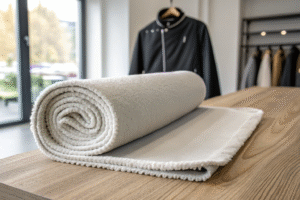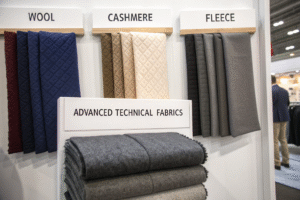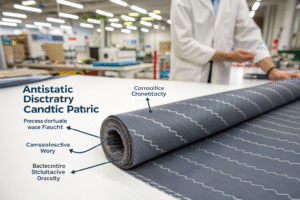When designing tailored garments, the lining often defines the wearer’s comfort, breathability, and perceived luxury. For years, silk dominated this niche—but today’s brands are shifting to Cupro, a lesser-known yet high-performance fiber made from cotton linter.
Cupro is an ideal silk alternative for linings because it’s soft, breathable, static-resistant, biodegradable, and vegan—offering the same luxurious drape as silk at a more sustainable and cost-effective scale.
At Fumao Fabric, we’ve seen increasing demand from European and American buyers seeking Cupro-based linings for coats, blazers, dresses, and luxury loungewear. Here’s why sourcing Cupro makes sense for modern, conscious apparel brands.
What Is Cupro Fabric and How Is It Made?
Cupro (short for cuprammonium rayon) is a regenerated cellulose fiber derived from cotton linter—the fluffy fiber residue that surrounds cotton seeds and is usually discarded.
It’s produced through a closed-loop chemical process where cotton linter is dissolved, filtered, and spun into ultra-fine filament yarn, resulting in a fabric that mimics the sheen and flow of silk.
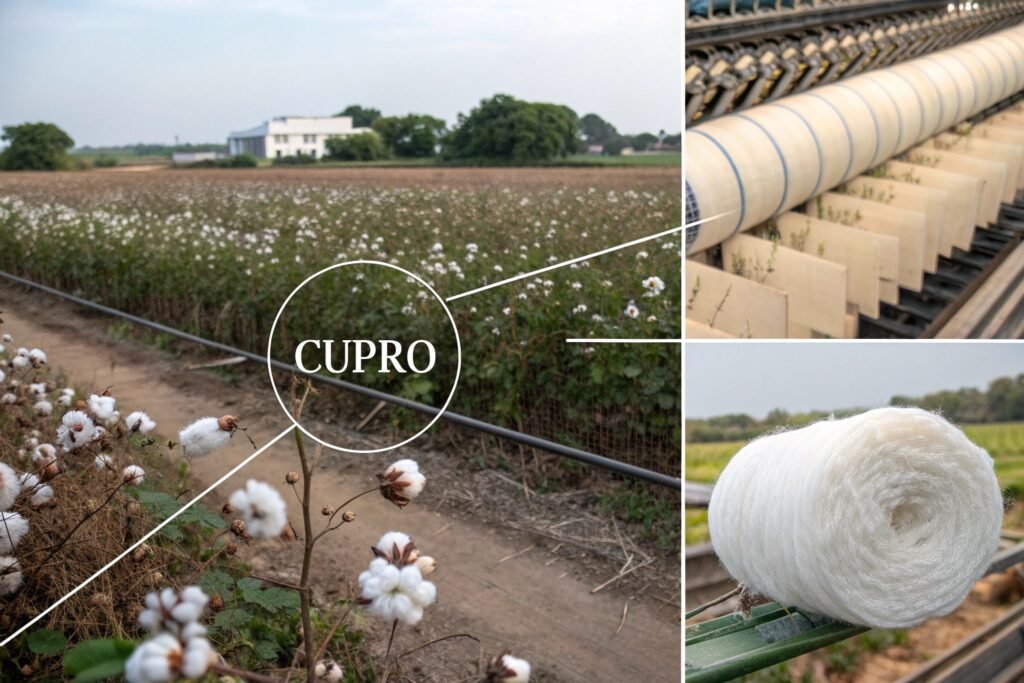
How Is Cupro Different from Other Rayon Fibers?
Cupro is often grouped with other regenerated cellulose fibers like viscose, Tencel™, and modal, but its fineness and silk-like quality set it apart. It belongs to the cuprammonium family and is considered a luxury alternative due to its:
- Ultra-smooth finish
- High moisture absorption
- Superior dye affinity
- Natural antistatic behavior
According to Spoonflower’s Cupro Guide, Cupro is known as “vegan silk” and performs better in linings than most synthetics or heavier rayons.
Is Cupro Environmentally Friendly?
Yes. Cupro is made using pre-consumer cotton waste, and leading producers such as Asahi Kasei (Bemberg®) operate closed-loop systems that recycle water and solvents. It’s OEKO-TEX® certified, biodegradable, and doesn’t rely on fossil-fuel-based fibers like polyester.
Why Is Cupro Preferred for Linings Over Silk or Polyester?
Silk linings may offer luxury, but they come with high costs, delicate care requirements, and ethical concerns. Polyester linings, while cheap, are often uncomfortable, non-breathable, and trap static.
Cupro offers the best of both worlds: the softness and drape of silk with the breathability and versatility of plant-based fibers—without animal exploitation or synthetic plastic content.
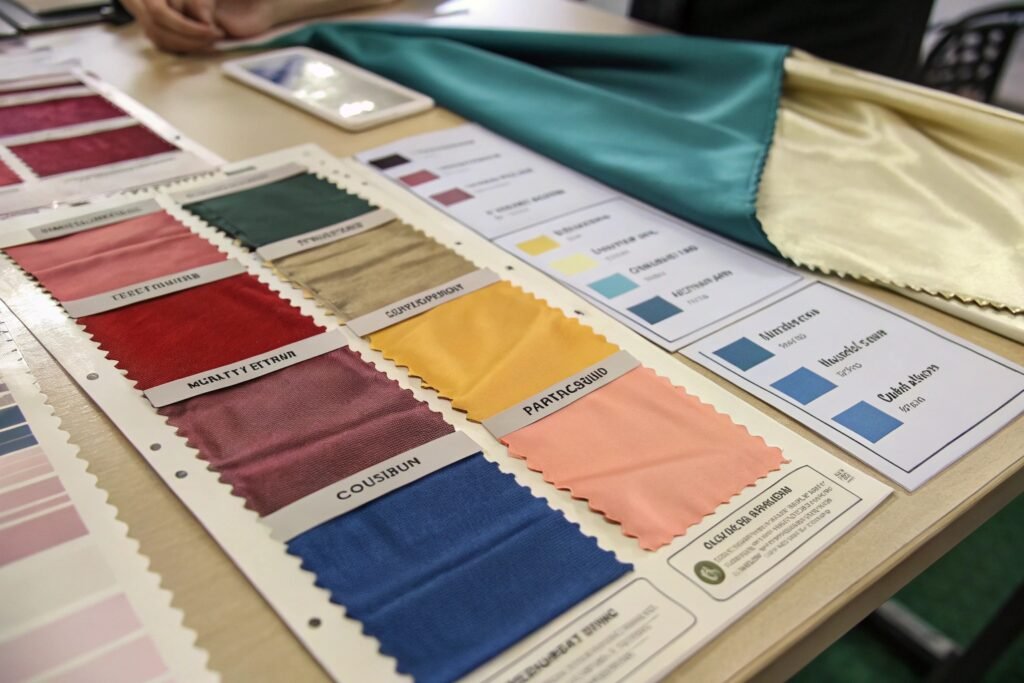
How Does Cupro Compare to Silk?
| Feature | Silk | Cupro |
|---|---|---|
| Source | Animal (silkworm) | Plant (cotton waste) |
| Feel | Smooth, soft | Equally smooth |
| Breathability | Excellent | Excellent |
| Static | Medium | Low |
| Price | $$$ | $$ |
| Washability | Dry clean only | Gentle cycle (sometimes machine washable) |
Many of our clients in bespoke tailoring or eco-luxury brands prefer Cupro because it avoids animal-derived inputs and supports a vegan textile philosophy while maintaining that soft-touch experience.
Is Cupro Better Than Polyester for Summer Linings?
Absolutely. Polyester traps heat and moisture—especially in structured garments like suits and jackets. Cupro, on the other hand, allows moisture vapor to escape, reduces clamminess, and remains cool to the touch.
According to The Good Trade, Cupro’s thermoregulation and antistatic properties make it ideal for hot-weather formalwear or layering pieces.
What Are the Common Uses of Cupro in Fashion?
Cupro is most commonly used as a lining fabric, but its versatility extends into outer shells for certain garment types due to its fluid drape and silky handfeel.
Cupro is used in jackets, trench coats, satin dresses, dress shirts, skirts, and luxury loungewear linings—often where smooth texture and next-to-skin comfort are essential.
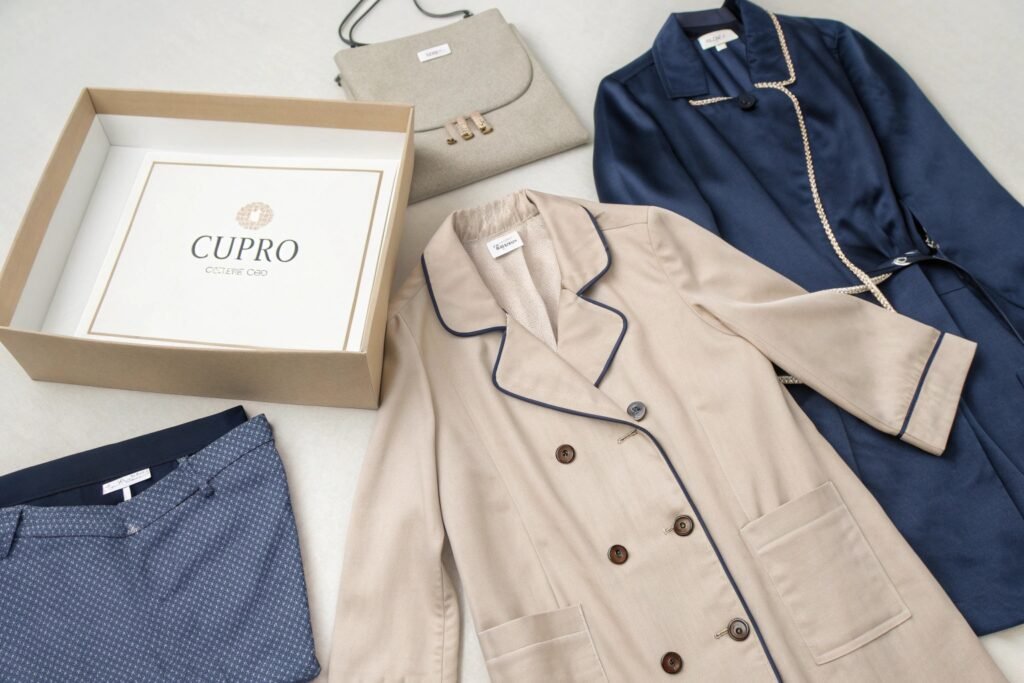
Which Fashion Categories Use Cupro the Most?
- Luxury tailoring – smooth, breathable suit linings
- Sustainable women’s wear – slip dresses, shells, kimonos
- Loungewear – Cupro satin pajamas and robes
- Designer streetwear – bomber linings, contrast panels
Brands like Nanushka and Mara Hoffman have integrated Cupro as part of their sustainability strategies, often noting it as a “plant-based silk” in their marketing.
Can Cupro Be Printed or Dyed?
Yes. Cupro accepts both reactive and disperse dyes exceptionally well, resulting in deep color saturation. We offer custom Pantone dyeing, digital printing, and satin or twill finishes upon request for lining orders over 300 meters.
Some clients use jacquard-woven Cupro linings with brand logos as a luxury touch inside suits or handbags—adding elegance and differentiation.
How to Source Certified Cupro Fabrics with Low MOQ?
Sourcing Cupro linings doesn’t need to be complicated or costly. With the right supplier, you can access custom dyed, certified, and ready-to-sew Cupro rolls with MOQ flexibility and traceable documentation.
To source Cupro, ensure the supplier works with certified producers (like Bemberg®), offers color customization, maintains OEKO-TEX® standards, and supports MOQ as low as 300 meters per color.

What Are the Typical Specs?
- Composition: 100% Cupro or Cupro/Viscose blends
- GSM Range: 70–120 gsm (ideal for linings)
- Finish: Satin, twill, matte, or peach-touch
- Width: 140–148cm
- Colorfastness: 4–5 ISO scale
- Certifications: OEKO-TEX®, ISO 14001, GRS (if blended)
Our Cupro linings undergo pilling, shrinkage, and dry-clean resistance tests under CNAS-accredited protocols. Reports are delivered in PDF and QR format for brand compliance.
What About MOQ and Lead Times?
- MOQ: 300–500m per color
- Lab dips: 5–7 days
- Production: 15–20 days post-approval
- Shipment: DDP and FOB available
We also support startups and designer brands with small-batch programs using stock colors or previously dyed shades. Custom logo jacquard Cupro linings can be woven with 800m MOQ.
Conclusion
Cupro is no longer a niche alternative—it’s the future of sustainable luxury linings. Offering the softness of silk, the breathability of cotton, and the conscience of a closed-loop plant fiber, Cupro fits perfectly into premium tailoring, resortwear, and loungewear collections.
At Fumao Fabric, we provide Cupro fabrics with traceable quality, custom finish, and export-ready logistics. Whether you’re replacing silk for ethics or upgrading polyester for performance, Cupro helps you deliver comfort, class, and climate-conscious design.
